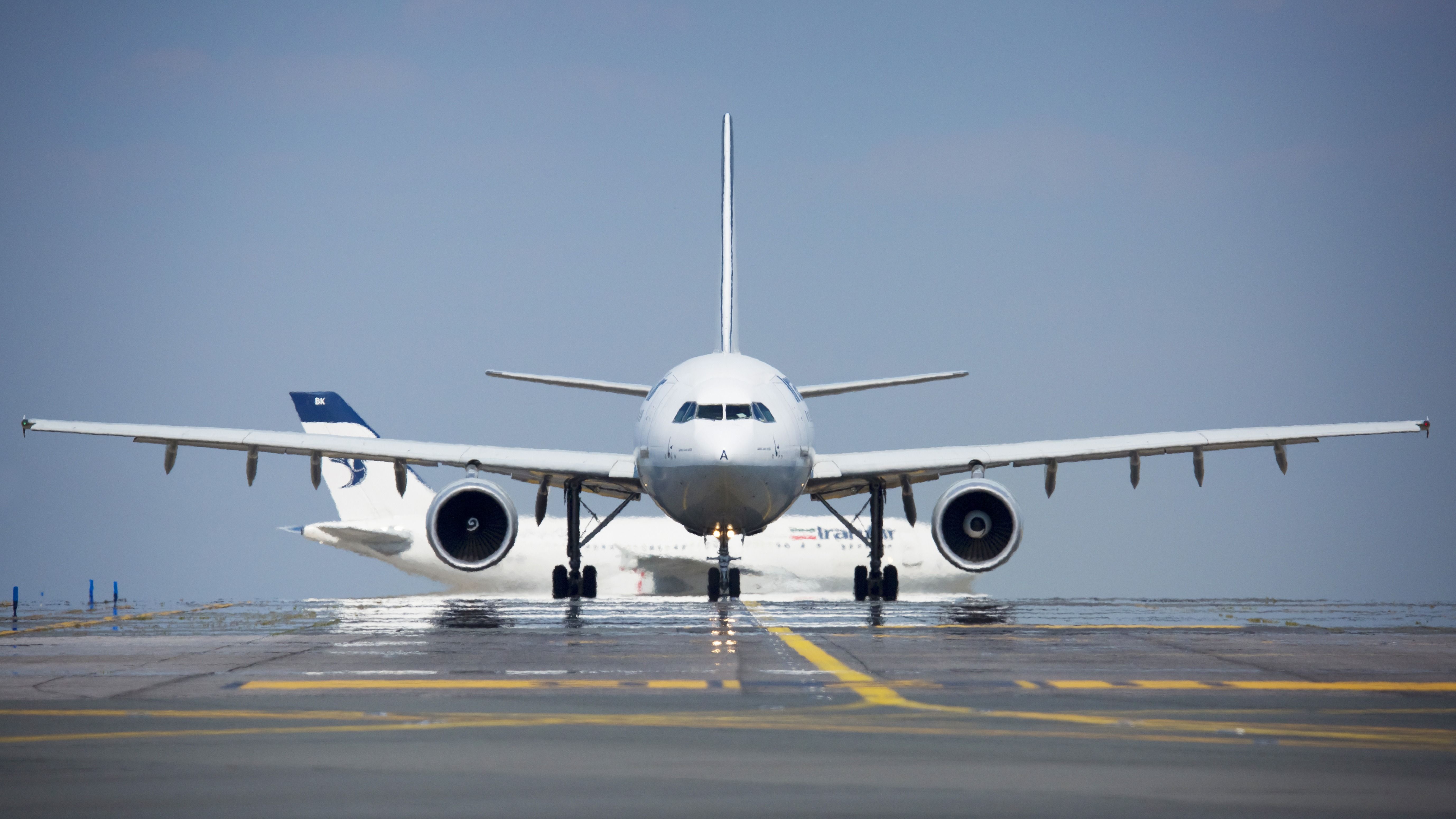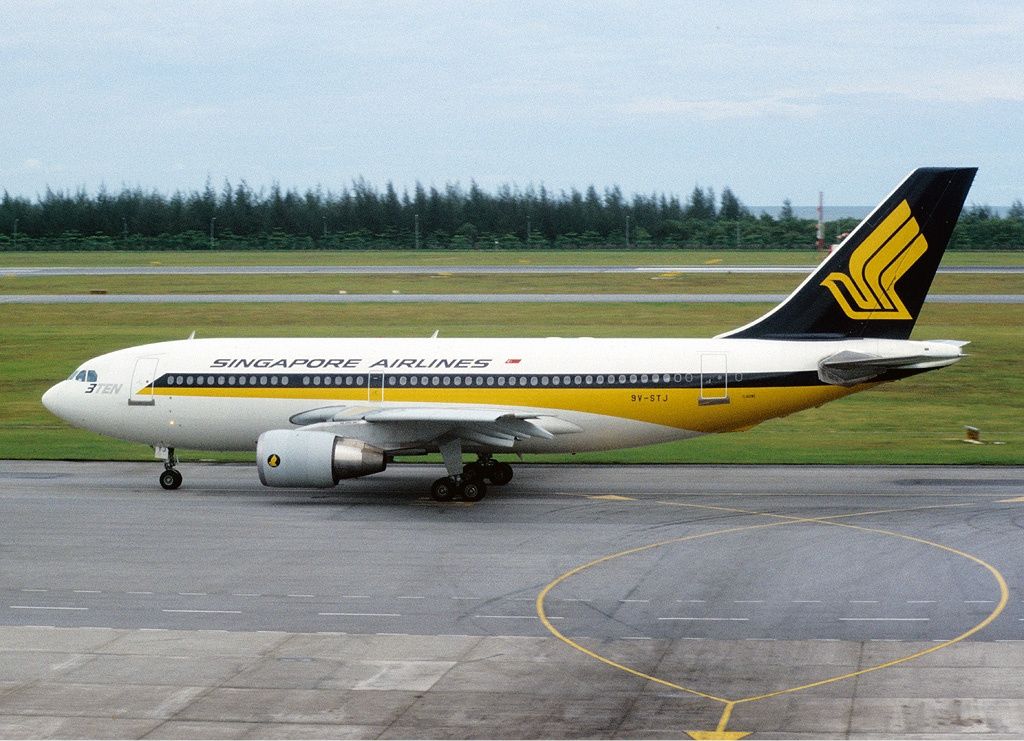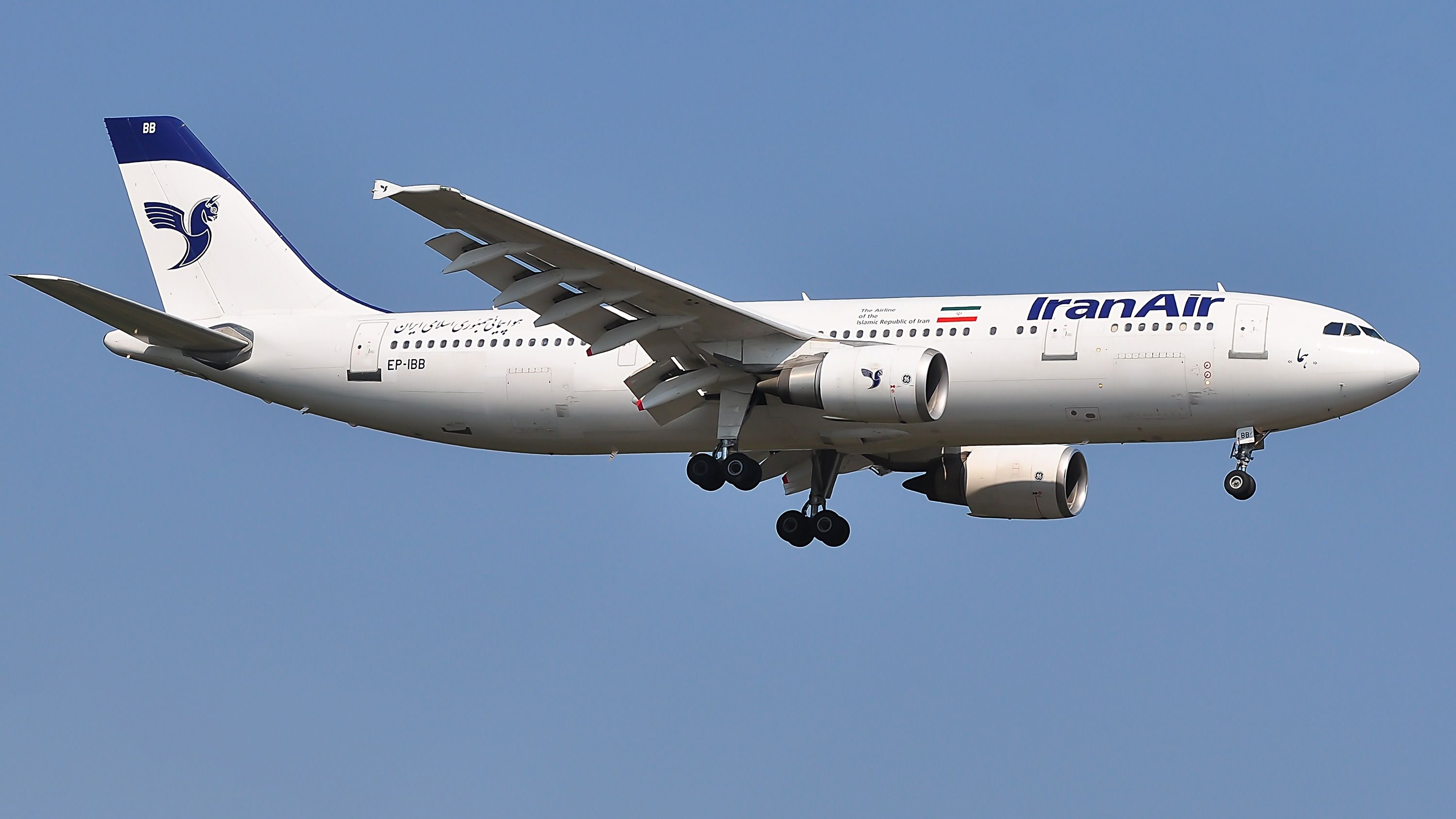Summary
- Airbus’ first aircraft, the A300, and its follow-up, the A310, played a crucial role in establishing Airbus as a formidable competitor to Boeing.
- The A300 was the first twin-engine widebody aircraft, while the A310 introduced innovative changes and served as a smaller-capacity version.
- Both aircraft were eventually replaced by the A330/A340 program.
Airbus’ first aircraft was the A300, closely followed by the A310. Together, these two aircraft placed the European manufacturer well on the route to competing with Boeing. They follow much of the same design and offer commonality between types. The A310 came about from demand for a smaller capacity aircraft but also brought some innovative changes that fed back to the A300.
Airbus and the A300
Airbus was formed in 1970 with a vision of European companies taking on the dominant US aircraft manufacturers. European manufacturers had watched these companies rise and realized that they needed to join forces to compete. Airbus came together with several companies from the UK, Germany, and France, and this joint country operation remains vital today.
Airbus’ first aircraft was the A300, designed to take on the Boeing 707. The ‘300’ in the name referred to the planned passenger capacity, later reduced following market research that suggested 250 would be more popular. It first flew in October 1972 and launched service with Air France in May 1974.
The first twin-engine widebody
The A300 was notable as the first twin-engine widebody aircraft. Boeing would not launch such an aircraft until 1981, with the 767. Sales of the A300 were slow at first but built up after a few years once the aircraft and the new company proved themselves. The first A300 offered a range of up to 5,375 kilometers and a typical two-class capacity of 247, although it was rated up to a maximum of 345.
It was improved with the A300-600 variant, launched in 1983. This utilized higher power engines, a re-designed wing, and a slightly longer fuselage. It also reduced the cockpit crew from three to two, another first for the A310 and A300. The A300-600 kept the same capacity but increased the range to 7,500 kilometers.
The A300 was popular, but there was demand from airlines for a smaller version. Several airlines had expressed the desire for a lower capacity version, more economical to operate on lower capacity routes. There was also an early expectation that Airbus would launch another aircraft. As a new manufacturer, a second aircraft would boost its credibility and product offering.
Want answers to more key questions in aviation? Check out the rest of our guides here.
The A310: Changing the game
The A310 first flew in 1982 and entered service with Swissair in 1983. Singapore Airlines went on to be the largest passenger operator, with 23 A310s, followed by Lufthansa with 20 and Pan American World Airways with 18. Speaking about the A310, Jean Roeder, the chief engineer of Deutsche Airbus, said,
“We showed the world we were not sitting on a nine-day wonder, and that we wanted to realize a family of planes…we won over customers we wouldn’t otherwise have won. The A310 supplied us with the starting point for the A300-600 we would never have had without it."
The A300 and A310 share much of their design, with the main difference being the A310’s shorter fuselage and longer range. The A310 was developed from earlier proposals in the A300 program, while the later-developed A300-600 took several elements from the A310. Ultimately, the manufacturer used this aircraft to push its innovative skills and technical expertise to a higher level.
The A300 and A310-200 were among the first test subjects for using lighter carbon fiber reinforced plastic on secondary structures like the rudder, spoilers, and air brakes. The A310-300, with its all-composite fin, introduced the use of these lighter-weight materials on larger aircraft structures, as well as the performance-enhancing wing tip devices, which later became a staple for Airbus jets.
The aircraft also played a pivotal role in advancing Airbus’s cockpit technology. The company introduced the Forward-Facing Crew Cockpit on an A300B4-220, eliminating the need for a flight engineer. The innovation was developed further when the company introduced the glass cockpit on the A310. This replaced the traditional analog instruments with electronic displays.
A300 vs. A310 size difference
How do the two aircraft compare to each other? With both being widebody twin-engine aircraft and sharing so many similarities, the difference comes down to size and capacity and the resulting lower operating cost of the A310. For this part, we will compare it with the leading member of the mid-size aircraft family, the A300-600.
|
A300 |
A310 |
|
|---|---|---|
|
Overall Length |
177 ft 5 in (54.10 m) |
153 ft 1 in (46.66 m) |
|
Height |
54 ft 3 in (16.5 m) |
51 ft 10 in (15.80 m) |
|
Wingspan |
147 ft 1 in (44.84 m) |
144 ft 0 in (43.90 m) |
|
Range |
4,050 NM (7,500 km) |
4,350 NM (8,050 km) |
|
Capacity |
345 (max), 210-250 (3-class) |
280 (max), 190-230 (3-class) |
The A330/A340 program replaced the A300 and the A310. This shared the same commonality that the A300 and A310 pioneered. While the A340 is a quadjet, it shares the same cockpit, wings, nose, tail, and horizontal stabilizers. Additionally, the A300 and A310 had similar versatility regarding cargo transport. Airbus based its BelugaST on the A300, while the newer BelugaXL was based on the A330.
A300 and A310 examples are still in service
The A310 ended production in 1998, and the A300 lasted until 2007. The A310 had only been in production for 15 years. There was some demand for smaller aircraft, but not that much, as the major carriers were focused on hub operations at the time. Perhaps it came too early and may have lasted longer in an environment like today, where point-to-point operations are increasing in popularity.
Throughout the years, Airbus built 561 A300s and 255 A310s. The A300 is very dominant and is operating mainly with cargo airlines. Of the 561 deliveries, 149 are still active with 17 carriers, according to ch-aviation. Over half of the list is made up of the A300-600F variant. UPS is the biggest operator of the type, with 52 in its fleet, followed by FedEx, with 34, and Air Hong Kong, with 7.
On the passenger side, about 20 A300s still operate between six carriers. All of them are located in Iran, with the national carrier Iran Air being one of the most notable operators. Several older aircraft have remained in use in Iran much longer than in other countries, as sanctions placed on the country prevent airlines from ordering new aircraft and even replacement aircraft parts.
Of the 255 A310s, only about 19 are still in operation with five carriers. Eight of these are listed as active, while the rest are either stored or in maintenance. A significant number are also operating in Iran with Iran Air and Mahan Air. Ariana Afghan Airlines and Iran Airtour Airlines are among the other operators.
Would you like to share any further differences between the A300 and A310? Have you flown on either aircraft? Let us know in the comments!


.jpg)


